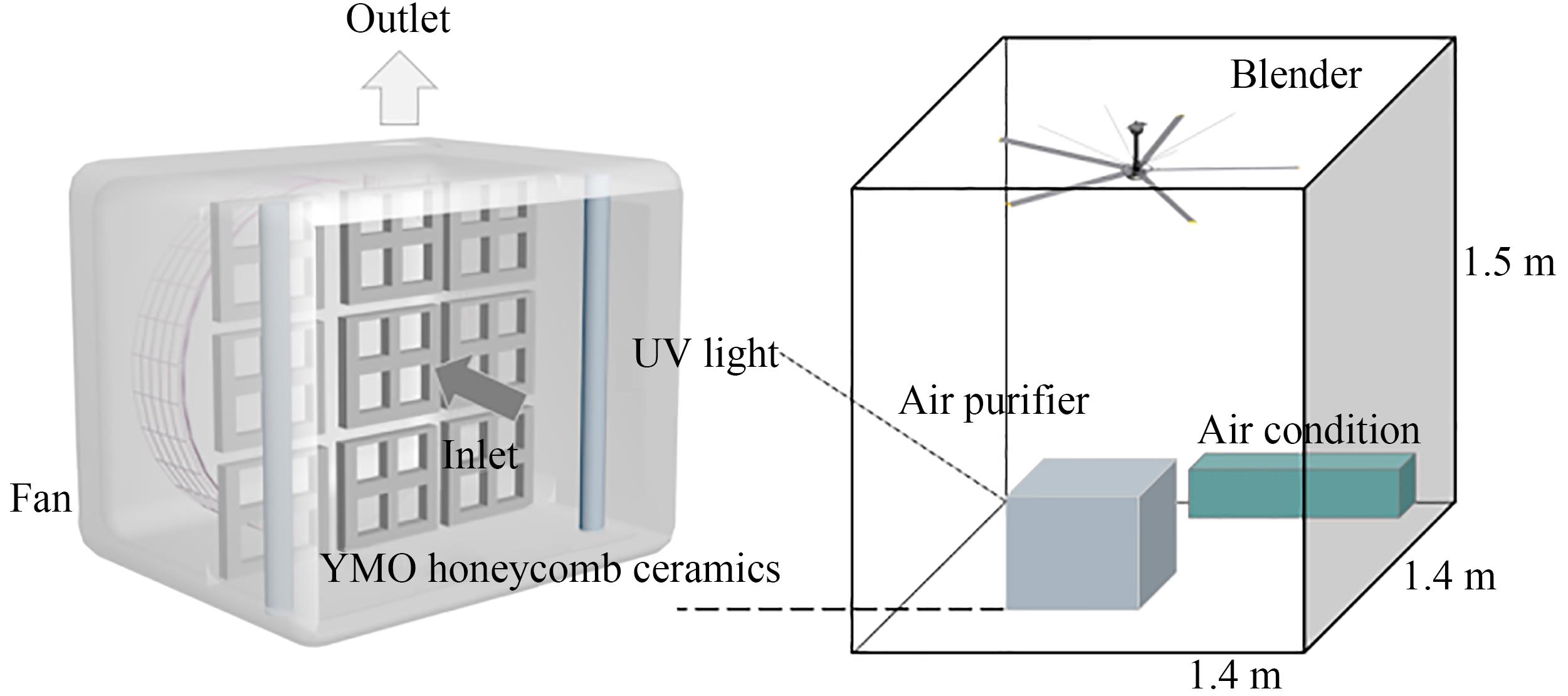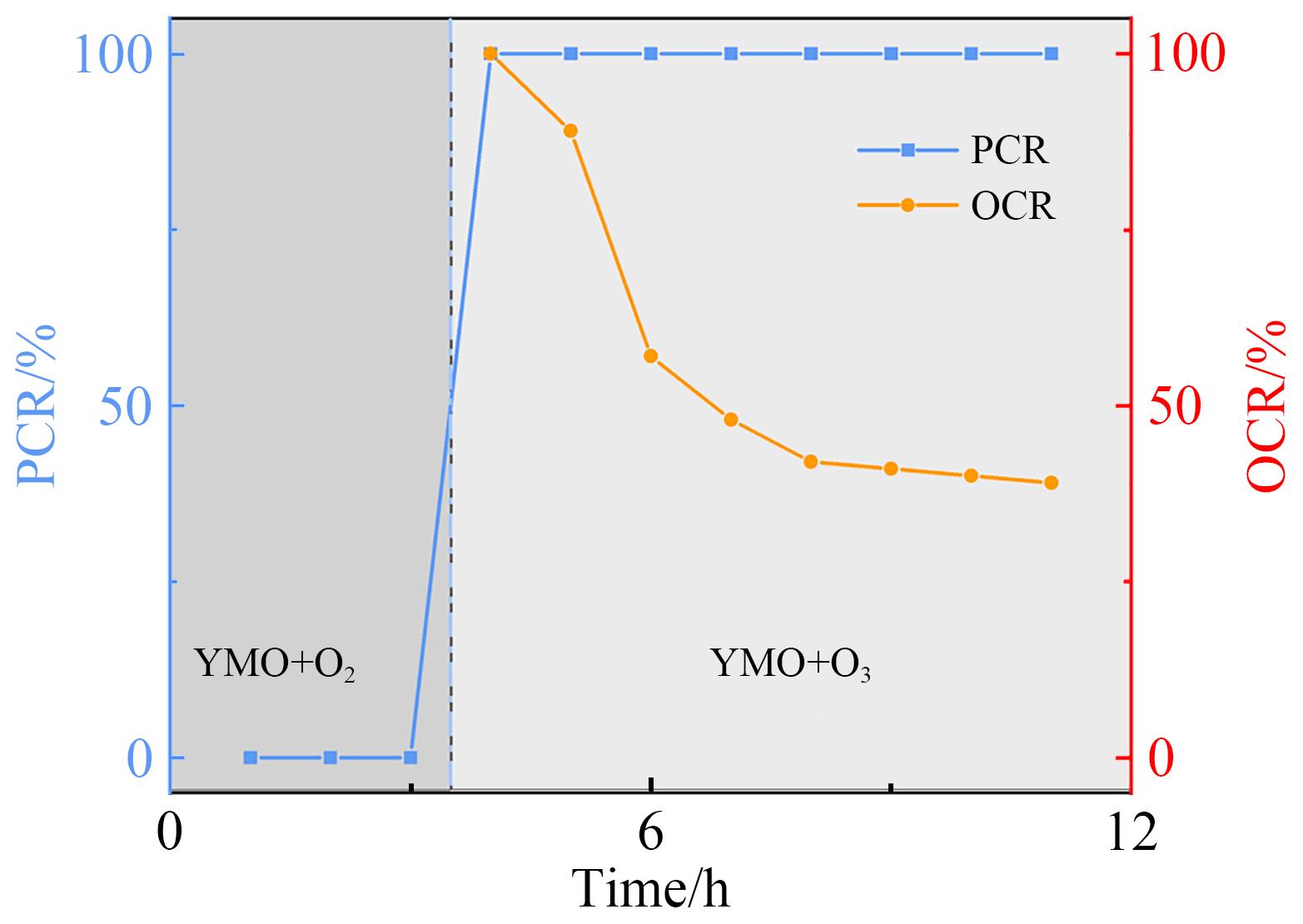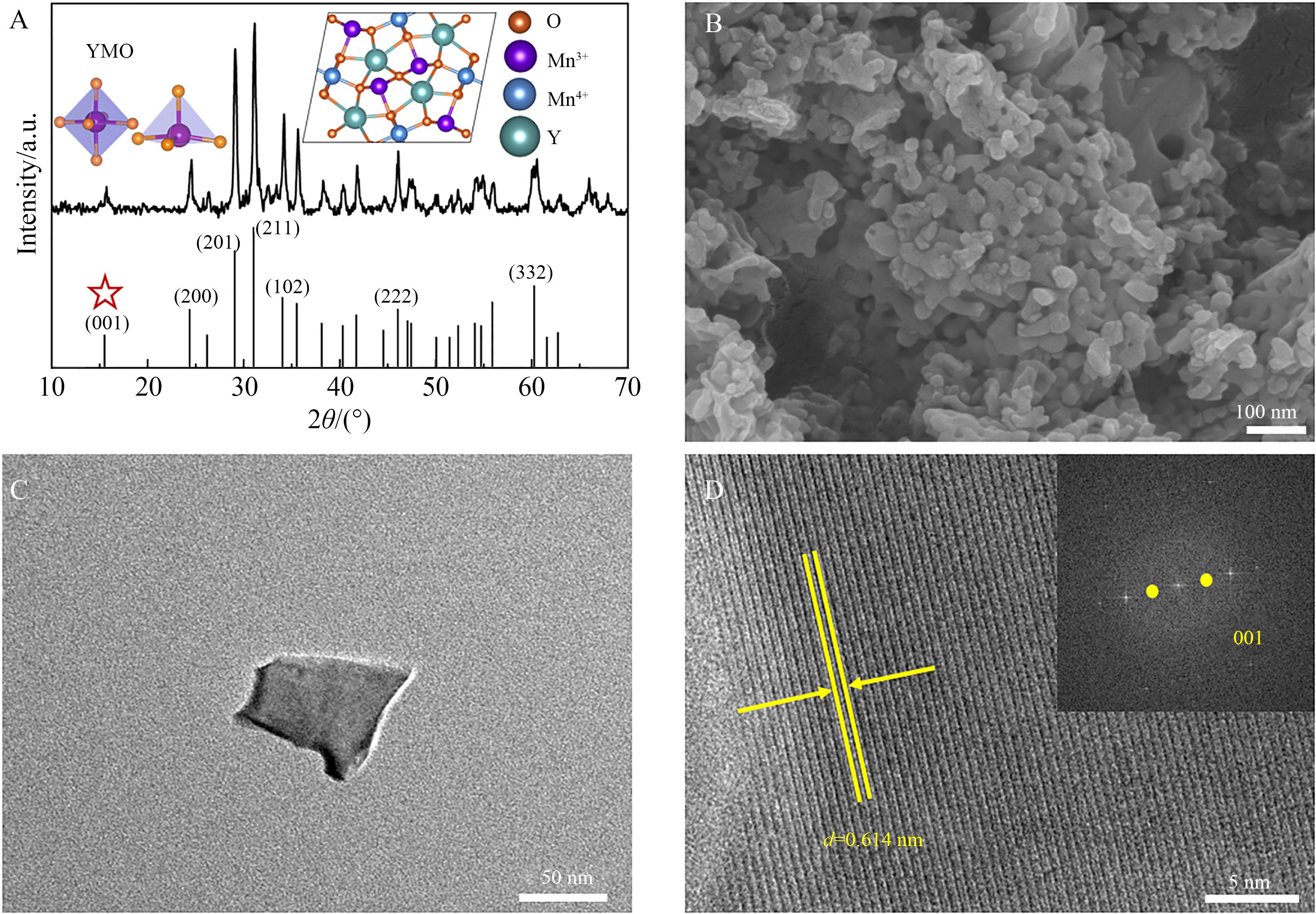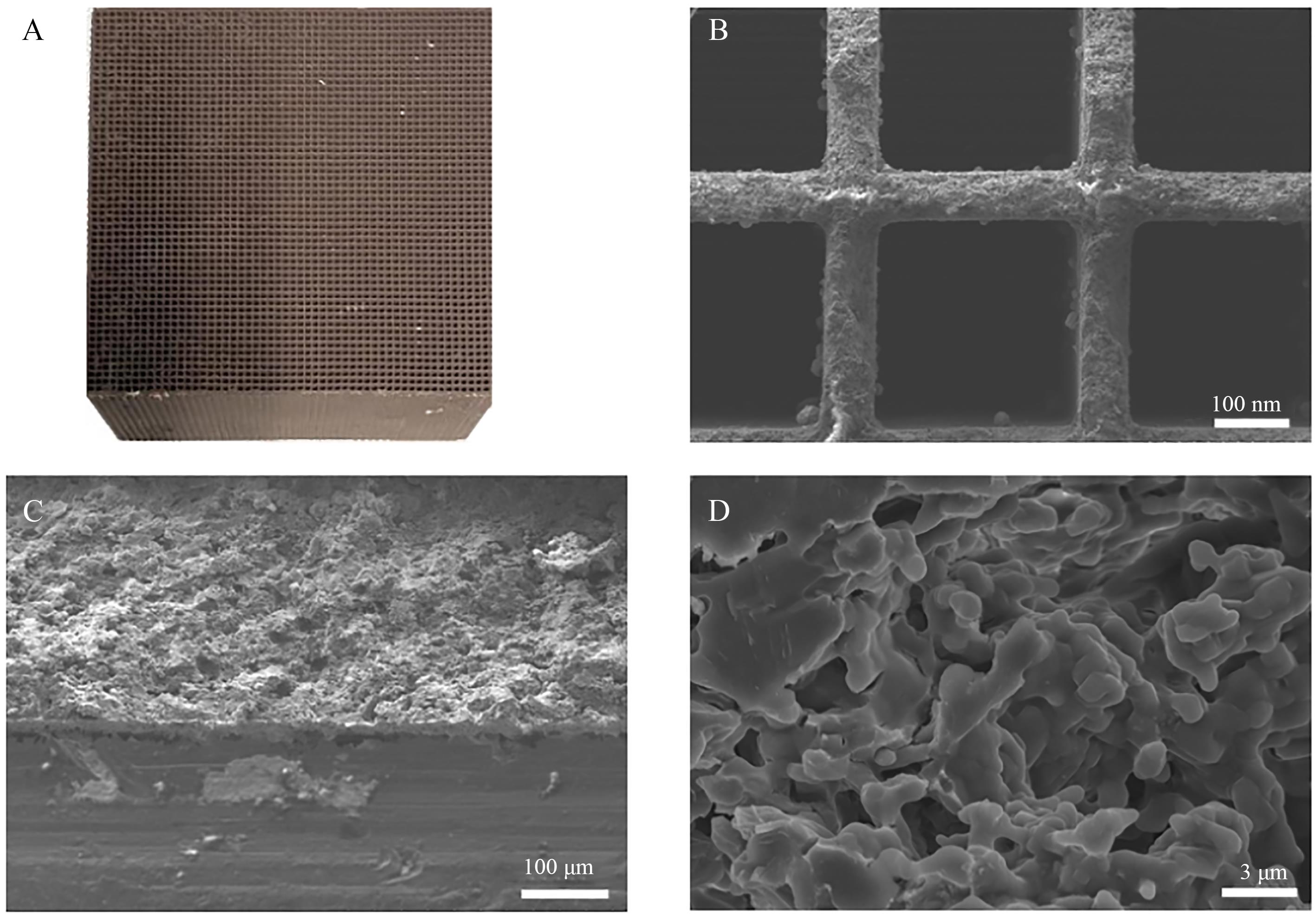| 1 |
黄少丹, 熊建银, 张寅平. 绿色建筑室内空气有机化学污染预评估: 研究进展及建议[J]. 中国科学: 技术科学, 2016, 46: 1135-1145.
|
|
HUANG S D, XIONG J X, ZHANG Y P. Pre-evaluation of indoor chemical pollutants in green building: research progresses and suggestions[J]. Sci Sin Technol, 2016, 46(11): 1135-1145.
|
| 2 |
KAMAL M S, RAZZAK S A, HOSSAIN M M. Catalytic oxidation of volatile organic compounds (VOCs)-a review[J]. Atmospheric Environ, 2016, 140: 117-134.
|
| 3 |
KLETT C, DUTEN X, TIENG S, et al. Acetaldehyde removal using an atmospheric non-thermal plasma combined with a packed bed: role of the adsorption process[J]. J Hazard Mater, 2014, 279: 356-364.
|
| 4 |
ZHENG C, SHEN J, ZHANG Y, et al. Quantitative assessment of industrial VOC emissions in China: historical trend, spatial distribution, uncertainties, and projection[J]. Atmospheric Environ, 2017, 150: 116-125.
|
| 5 |
XU Z, HUANG X, NIE W, et al. Influence of synoptic condition and holiday effects on VOCs and ozone production in the Yangtze River Delta region, China[J]. Atmospheric Environ, 2017, 168: 112-124.
|
| 6 |
LIANG X, CHEN X, ZHANG J, et al. Reactivity-based industrial volatile organic compounds emission inventory and its implications for ozone control strategies in China[J]. Atmospheric Environ, 2017, 162: 115-126.
|
| 7 |
YAN Y, FENG S, HUANG Z, et al. Thermal management and catalytic combustion stability characteristics of premixed methane/air in heat recirculation meso-combustors[J]. Int J Energy Res, 2018, 42: 999-1012.
|
| 8 |
NIU J, LILAND S E, YANG J, et al. Effect of oxide additives on the hydrotalcite derived Ni catalysts for CO2 reforming of methane[J]. Chem Eng J, 2019, 377: 119763.
|
| 9 |
OZTURK B, KURU C, AYKAC H, et al. VOC separation using immobilized liquid membranes impregnated with oils[J]. Sep Purif Technol, 2015, 153: 1-6.
|
| 10 |
LAN Y, YANG Z, WANG P, et al. A review of microscopic seepage mechanism for shale gas extracted by supercritical CO2 flooding[J]. Fuel, 2019, 238: 412-424.
|
| 11 |
CHOI D H, KANG D H. Infiltration of ambient PM2.5 through building envelope in Apartment Housing Units in Korea[J]. Aerosol Air Qual Res, 2017, 17(2): 598-607.
|
| 12 |
WALLACE L. Effectiveness of home air cleaners in reducing indoor levels of particles[A]. Technical Report Health Canada: Ottawa, ON, Canada, 2008.
|
| 13 |
DELANNOY L, FAJERWERG K, LAKSHMANAN P, et al. Supported gold catalysts for the decomposition of VOC: total oxidation of propene in low concentration as model reaction[J]. Appl Catal B, 2010, 94: 117-124.
|
| 14 |
WANG J, HE H, FENG Q, et al. Selective catalytic reduction of NOx with C3H6 over an Ag/Al2O3 catalyst with a small quantity of noble metal[J]. Catal Today, 2004, 93/94/95: 783-789.
|
| 15 |
GUNES H, ŞANLI YILDIZ D, ÖZENER B, et al. Preparation of Pt/Al2O3 and PtPd/Al2O3 catalysts by supercritical deposition and their performance for oxidation of nitric oxide and propene[J]. Catal Today, 2022, 388/389: 70-78.
|
| 16 |
LIU X, JIANG Z, CHEN M, et al. Low-temperature performance of Pt/TiO2 for selective catalytic reduction of low concentration NO by C3H6[J]. Ind Eng Chem Res, 2011, 50: 7866-7873.
|
| 17 |
HANEDA M, TODO M, NAKAMURA Y, et al. Effect of Pd dispersion on the catalytic activity of Pd/Al2O3 for C3H6 and CO oxidation[J]. Catal Today, 2017, 281: 447-453.
|
| 18 |
DONG A, GAO S, WAN X, et al. Labile oxygen promotion of the catalytic oxidation of acetone over a robust ternary Mn-based mullite GdMn2O5[J]. Appl Catal B, 2020, 271: 118932.
|
| 19 |
WAN X, WANG L, GAO S, et al. Low-temperature removal of aromatics pollutants via surface labile oxygen over Mn-based mullite catalyst SmMn2O5[J]. Chem Eng J, 2021, 410: 128305.
|
| 20 |
XUE T, YANG L. Zeolite-based materials for the catalytic oxidation of VOCs: a mini review[J]. Front Chem, 2021, 9: 751581.
|
| 21 |
LI S, WANG D, WU X, et al. Recent advance on VOCs oxidation over layered double hydroxides derived mixed metal oxides[J]. Chin J Catal, 2020, 41(4): 550-60.
|
| 22 |
中华人民共和国国家质量监督检验检疫总局, 中国国家标准化管理委员会. 空气净化器(GBT 18801-2015)[S]. 北京: 中国标准出版社, 2015.
|
|
General Administration of Quality Supervision, Inspection and Quarantine of the People's Republic of China, Standardization Administration of the People's Republic of China. Air purifier (GBT 18801-2015)[S]. Beijing: Standards Press of China, 2015.
|
| 23 |
WAN X, WANG L, ZHANG S, et al. Ozone decomposition below room temperature using Mn-based mullite YMn2O5[J]. Environ Sci Technol, 2022, 56: 8746-8755.
|
| 24 |
LI W, OYAMA S T. Mechanism of ozone decomposition on a manganese oxide catalyst. 2. steady-state and transient kinetic studies[J]. J Am Chem Soc, 1998, 120(25): 9047-9052.
|
| 25 |
LIU J, YU M, WANG X, et al. Investigation of high oxygen reduction reaction catalytic performance on Mn-based mullite SmMn2O5[J]. J Mater Chem A, 2017, 5: 20922-20931.
|
| 26 |
GAO Y, WU Y J, CHEN X M, et al. Dense YMn2O5 ceramics prepared by spark plasma sintering[J]. J Am Chem Soc, 2008, 91: 3728-3730.
|
| 27 |
ZHANG T, LI H, YANG Z, et al. Electrospun YMn2O5 nanofibers: a highly catalytic activity for NO oxidation[J]. Appl Catal B, 2019, 247: 133-141.
|
| 28 |
ZHANG T, LANG X, DONG A, et al. Difference of oxidation mechanism between light C3-C4 alkane and alkene over mullite YMn2O5 oxides′ catalyst[J]. ACS Catal, 2020, 10: 7269-7282.
|
| 29 |
WALTON K S, SNURR R Q. Applicability of the BET method for determining surface areas of microporous metal-organic frameworks[J]. J Am Chem Soc, 2007, 129(27): 8552-6.
|
| 30 |
BALZAROTTI R, CRISTIANI C, FRANCIS L F. Combined dip-coating/spin-coating depositions on ceramic honeycomb monoliths for structured catalysts preparation[J]. Catal Today, 2019, 334: 90-95.
|
| 31 |
SANTOS D F M, SOARES O, FIGUEIREDO J L, et al. Optimization of the preparation conditions of cordierite honeycomb monoliths washcoated with cryptomelane-type manganese oxide for VOC oxidation[J]. Environ Technol, 2021, 42: 2504-2515.
|
| 32 |
JI J, LU X, CHEN C, et al. Potassium-modulated δ-MnO2 as robust catalysts for formaldehyde oxidation at room temperature[J]. Appl Catal B, 2020, 260: 118210.
|
| 33 |
ZHANG Y, CHEN M, ZHANG Z, et al. Simultaneously catalytic decomposition of formaldehyde and ozone over manganese cerium oxides at room temperature: promotional effect of relative humidity on the MnCeOx solid solution[J]. Catal Today, 2019, 327: 323-333.
|

 )
)




